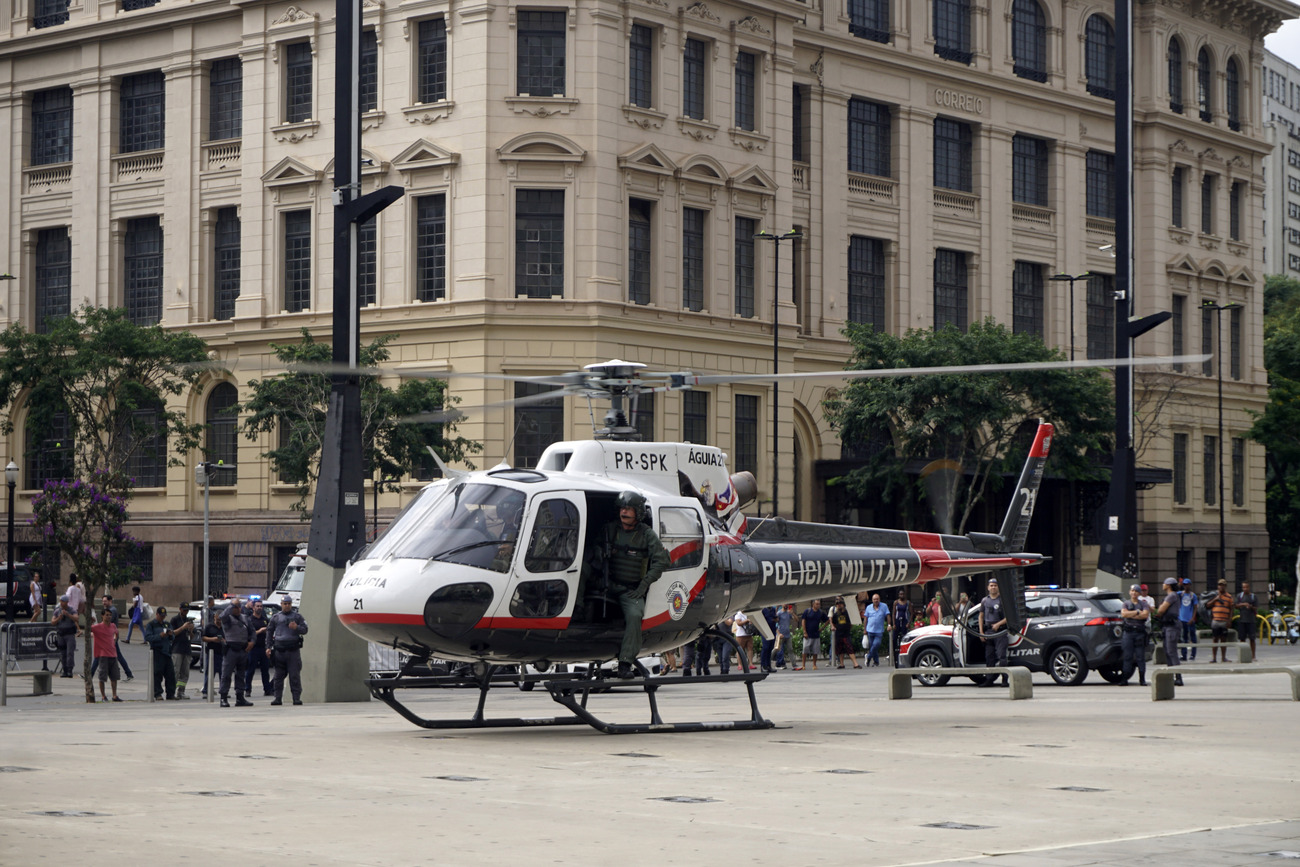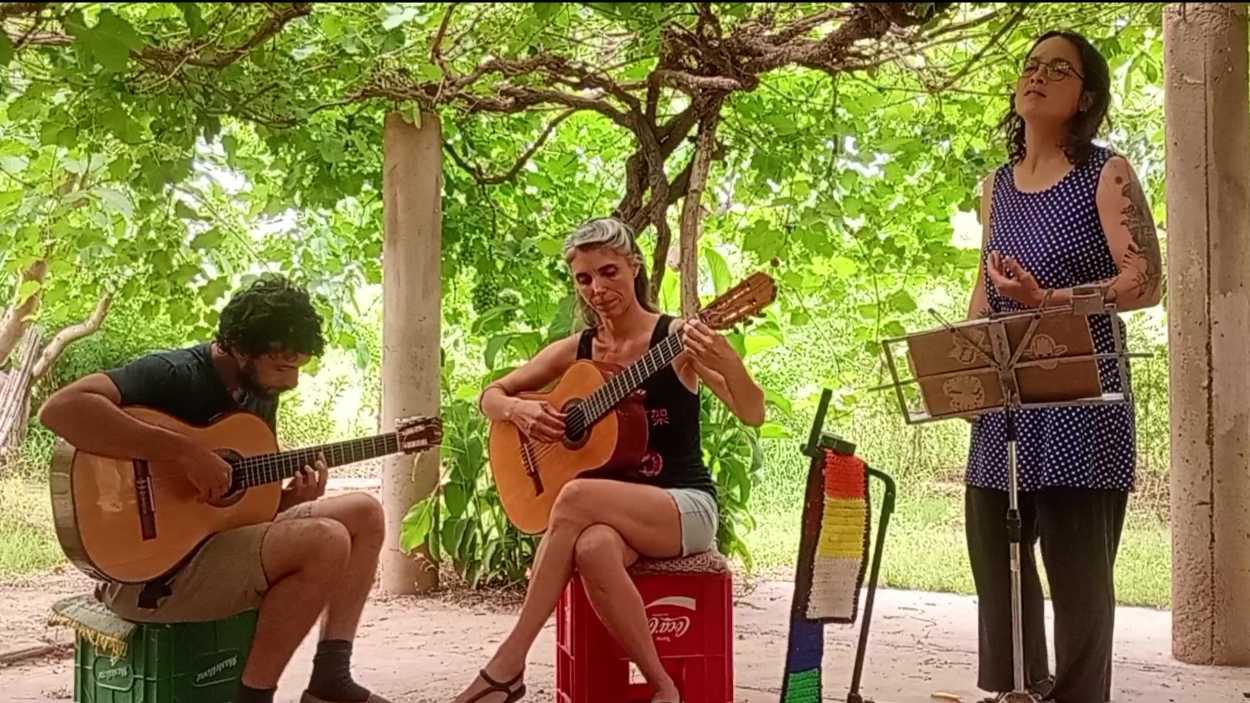Sustainability: Brazilian Agriculture's New Frontier
Sustainability: Brazilian Agriculture's New Frontier
Director-General of the Brazilian Institute for International Trade Negotiations Andre Nassar links agricultural production to environmental sustainability, and calls for new policies to guarantee food supplies and bioenergy.
Brazil is one of the few countries with an abundance of both water and land available for agricultural purposes. In an era of global anxieties over food shortages, this places Brazil in a unique position. But today, of Brazil’s 2.1 billion acres of land, 445 million acres are used as pastures for grass-feed cattle that actually yield quite low productivity. That land could be partially converted to crop production.
Today, only China and India have as much potential land for agricultural production. If only half of the pastures in Brazil were converted to crop production, planted area could reach approximately 395 million acres. The total possible planted area would then jump to 617 million acres if an additional 222 million acres of land were switched over to crop production.
Available land is vast but not infinite. In the long run, Brazil will have to face rising world demand for both food and biofuels. But the more pressing concern is for adoption of a policy that deals with the environmental implications of changing land use. Contrary to the 1970s and 1980s, when grain and feed cattle production were brought to Brazil’s center-west region, farmers and governments now know that future expansion will not have a zero-sum effect. But a new modus operandi is necessary to mitigate the environmental costs and allow for continued expansion of sustainable agricultural production.
Foreign observers look at the changing use of land and claim that agricultural expansion is unsustainable. This criticism has strengthened as bioethanol attracts global recognition for its role as a potential gasoline substitute. Some argue that sugarcane expansion in the center-west of the country (a region that accounts for most of the Brazilian savannah) will push soybean, corn, and feed cattle production further north. Massive deforestation in the Amazon would then follow. That is not quite true. Sugarcane is not growing close enough to the Amazon to create such an impact.
Neither the advocates of infinite land use nor those that claim the agricultural sector threatens the Amazon maintains a realistic point of view. Although changes in the use of land can be problematic for the environment, the agricultural sector is actually part of the solution rather than a cause of the problem. There are two keys to guaranteeing sustainable expansion of sugarcane and grain production: the conversion of grass-feed systems for cattle raising to more intensive ones and the use of degraded land rather than new land.
Cattle production in Brazil could be better optimized. It is not hard to find farms with less than half an animal per acre. Further, estimates show that feed cattle production has an average stock rate of less than one animal per acre of pasture. If the stock rate increased by just 50 percent, reaching the levels in more advanced states such as São Paulo and Paraná, more than 123 million acres would become available for crop production.
To reduce the pressure on Amazon land, degraded land must be converted into productive soil. In general, degraded land is either abandoned due to decreased soil productivity or a farmer maintains cattle on the land at a very low stock rate. No practices are adopted to keep the soil productive. This has resulted in large tracts of degraded and virtually unusable land in the north of Brazil.
But the question extends beyond avoiding the conversion of the Amazon into agricultural land. Today, land management is the biggest challenge for Brazilian agriculture. Alleviating pressure on the land without hindering the expansion of agricultural production will require the development of policies that encourage crop production on degraded and pasture land. Producers should be encouraged to convert cattle production into semi-intensive systems and processes that rely on integrated grain and cattle production.
Technical solutions exist to allow for Brazilian agriculture to become more sustainable. However, Brazil is still lacking good policies and better coordination between the private sector and the government. The need for sustainable land will only rise in importance in the coming years. Now is the time to make decisions that will guarantee optimal future use.
Andre Meloni Nassar is Director-General of the Brazilian Institute for International Trade Negotiations, ICONE. ICONE is a private institute specialized in making economic research on agricultural production and trade. He may be contacted at: amnassar@iconebrasil.org.br








